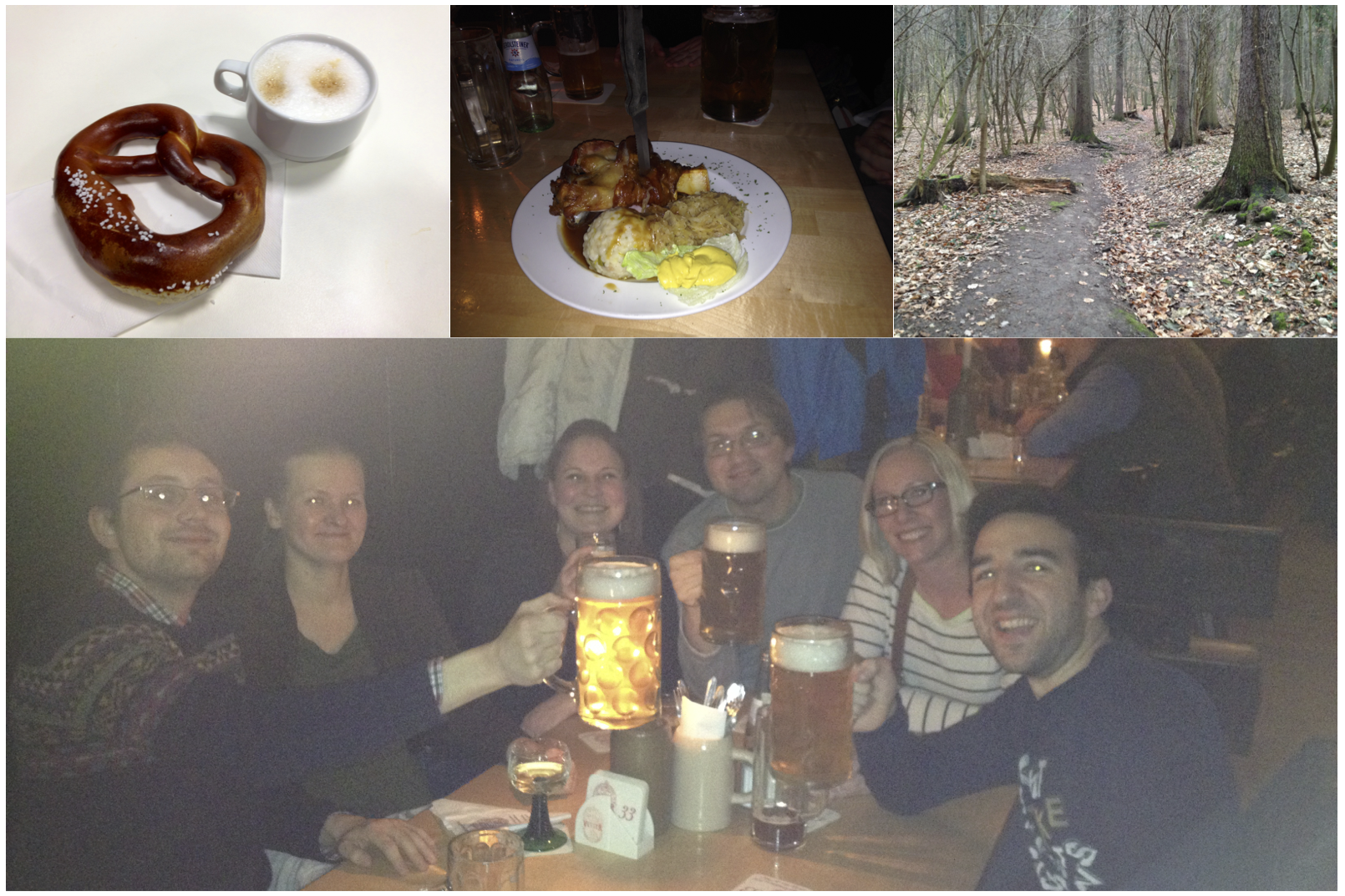Learning to Inject Platynereis Embryos
Posted by Maggie Pruitt, on 31 March 2014
Hello! My name is Maggie Pruitt and I am a postdoc in Dr. Stephan Schneider’s laboratory at Iowa State University. At the beginning of this year, I had the wonderful opportunity to visit Dr. Detlev Arendt’s laboratory at EMBL in Heidelberg, Germany for two weeks. This experience was possible due to a Development Travelling Fellowship I received from the Company of Biologists.
Dr. Stephan Schneider’s laboratory at Iowa State University studies the evolution and development of the marine annelid Platynereis dumerilii. Specifically, the laboratory is interested in dissecting Wnt/β-catenin gene regulatory networks within early Platynereis embryos. To further study the functional roles of components of the Wnt signaling pathway, our laboratory needed to learn how to inject mRNA, plasmids, or reporter constructs into Platynereis zygotes. Cue the Arendt Group at EMBL in Heidelberg!
While injection of zebrafish embryos seems to be commonplace at Iowa State University, injection of Platynereis embryos is not. However, microinjection of Platynereis embryos is routine in the Arendt laboratory, making this an excellent place to learn the technique. Also, the opportunity to visit a premier research institute like EMBL was quite appealing!
If I had to sum up my visit to the Arendt Group and EMBL in one word, INTENSE comes to mind. I knew going into the trip that it would be intense, as I was only staying two weeks. But everything about the Arendt Group and EMBL is intense… intense work atmosphere, intense group meetings, intense students/postdocs/scientists/group leaders, and intense (and interesting) lunch discussions. I mean this in a good way. The environment there will only foster great scientists.
During my short trip, I had the opportunity to inject Platynereis embryos eight times, and by the end, I was confident that I understood how to perform the technique and would be able to transfer the technology back to Iowa State University. I was also taught a good method for live imaging my injected embryos – a bonus technique! Below is a figure with some of my results from the injections. These are 24h larvae stained with an acetylated tubulin antibody recognizing cilia e.g. in wild type embryos a ciliated ring (the trochophore).
A an uninjected control
B a control-injected animal
C-E the range of phenotypes seen in ∆cadherin-injected animals (intracellular domain of cadherin that sequesters β-catenin protein, thereby inhibiting β-catenin signaling)
In general, adopting the injection technique in our laboratory will open a whole new area of analysis in this organism. The technique will enable us to pursue new research avenues and push the analysis of the Wnt/β-catenin signaling pathway in Platynereis even further. Without the generous funding I received from the Company of Biologists, I am not certain this trip to the Arendt laboratory would have occurred, and for that I am extremely grateful. I am also thankful to the members of the Arendt laboratory for teaching me the techniques and helping to make this trip a wonderful experience.
The pictures below are of some of the non-academic things I was able to enjoy during my stay (German food, culture, and walking through the forest to EMBL).




 (4 votes)
(4 votes)